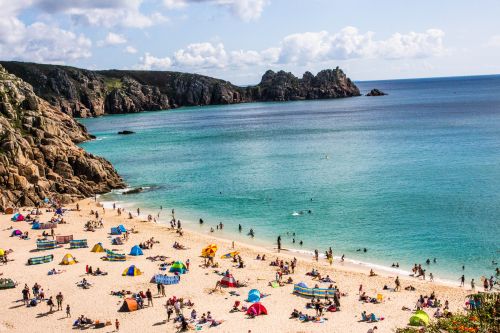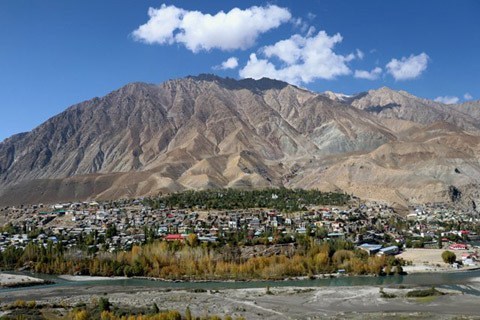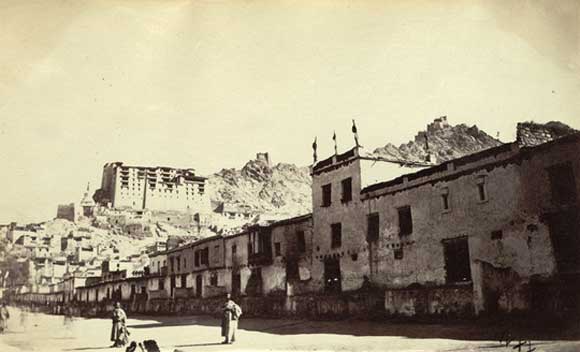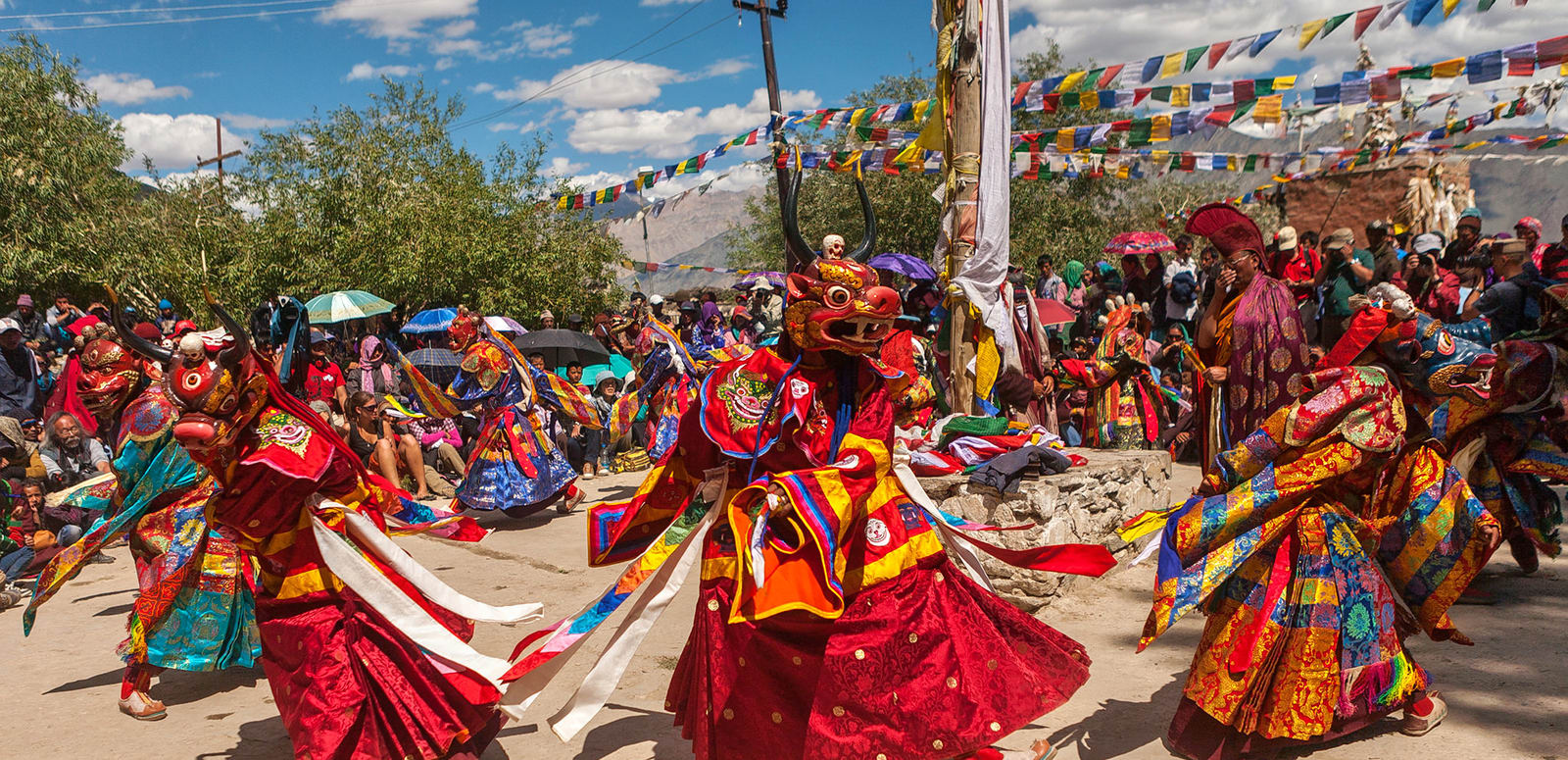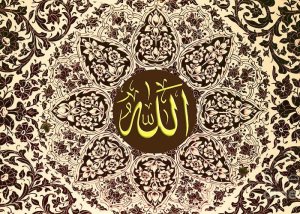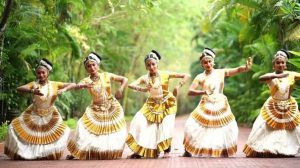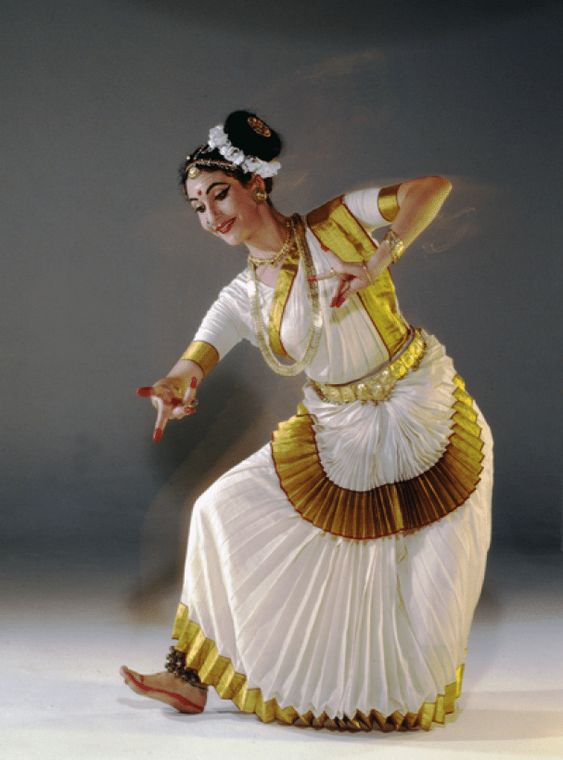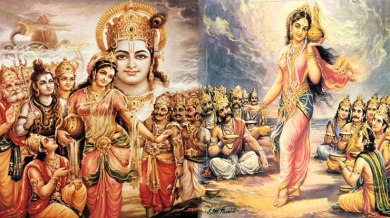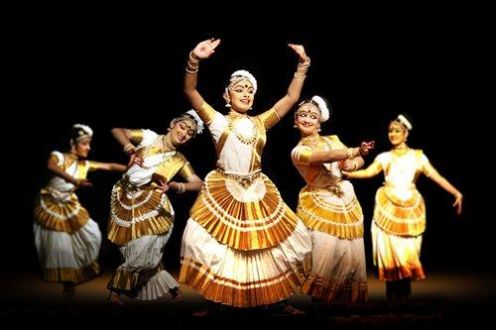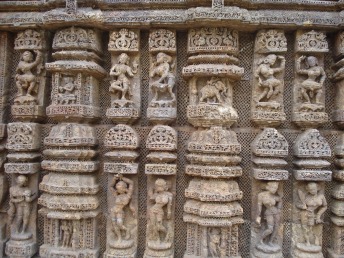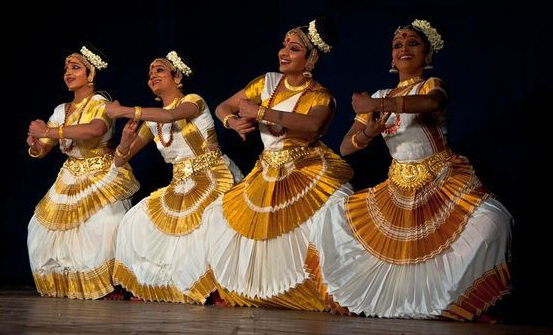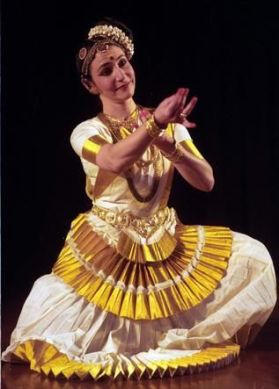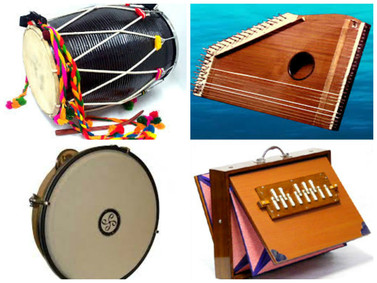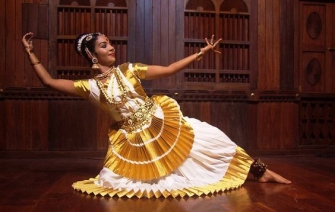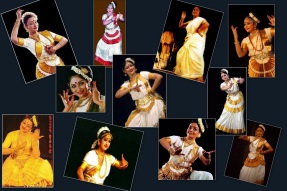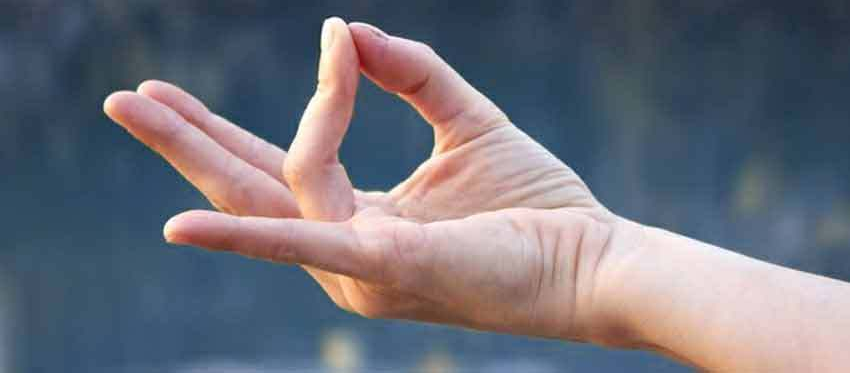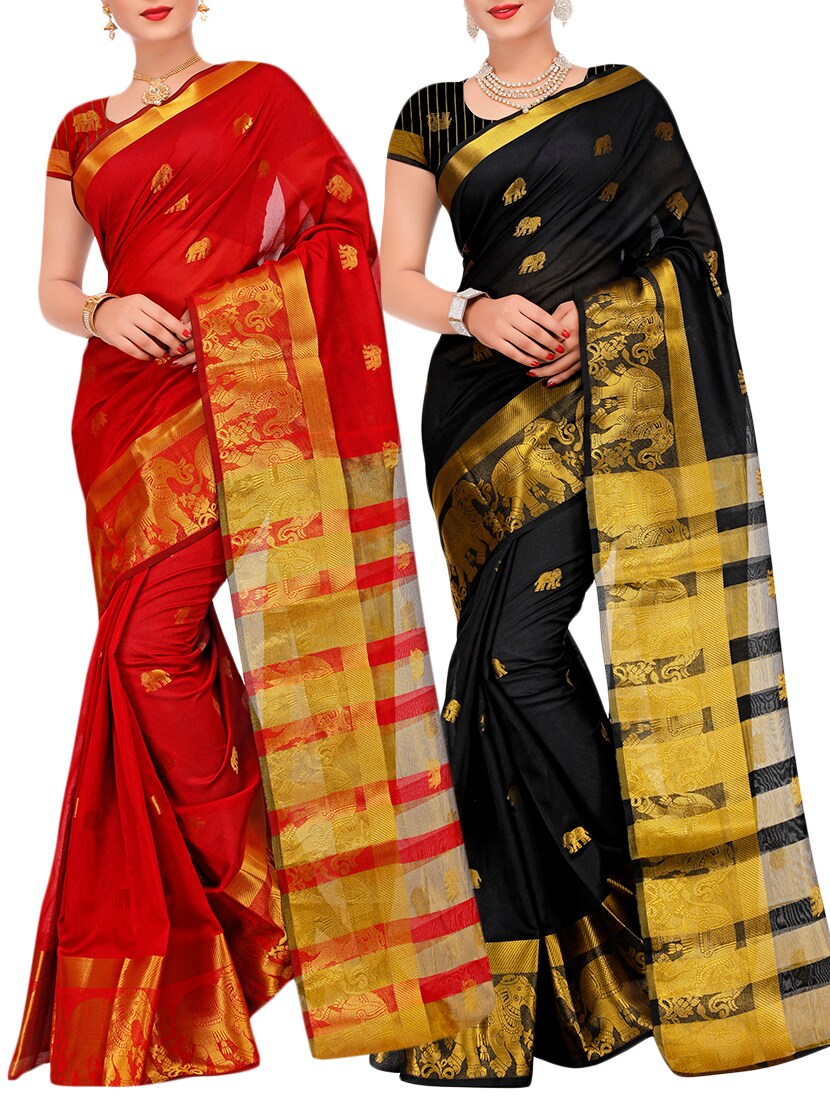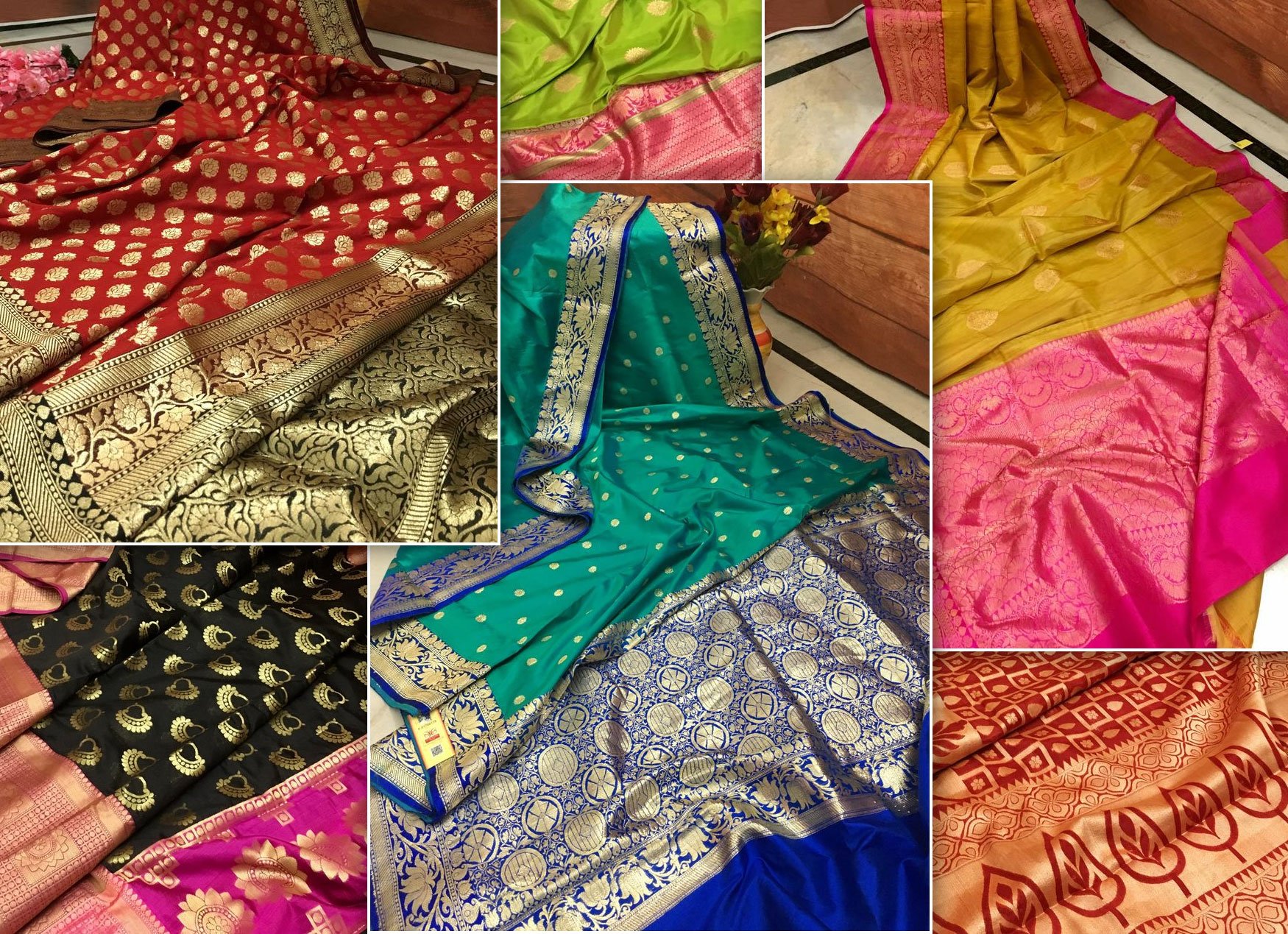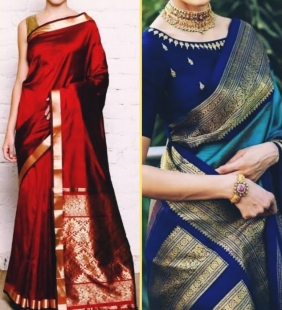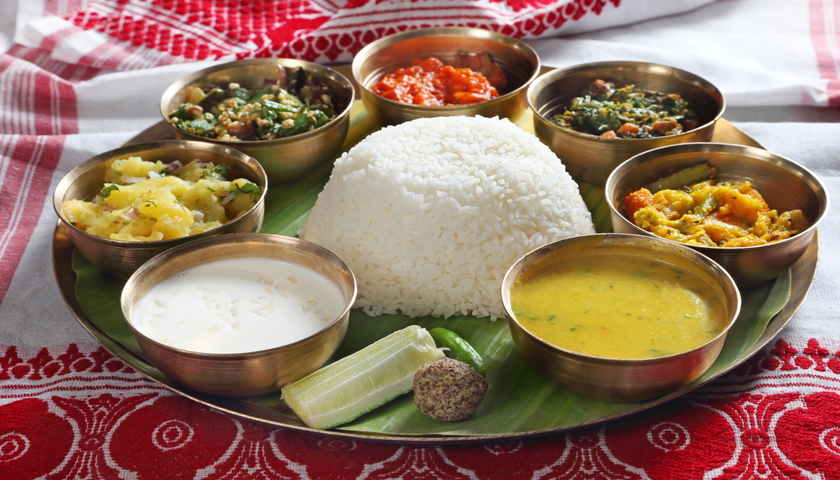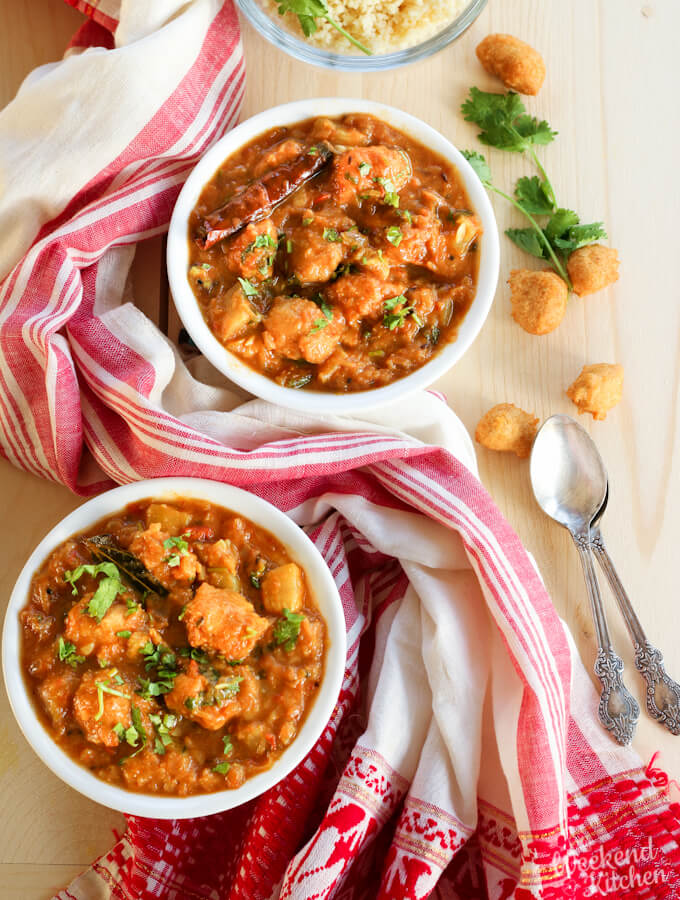
History of Indian music has its origins in divine tradition. The rich history of Indian music unveils the fact that the divine sage Narada introduced the art of music to the Earth from heaven. This is how music is said to have commenced on earth.
Music in Ancient India
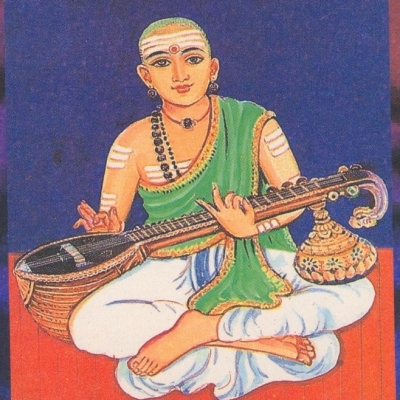
The earliest history of music in India can be traced back to the Vedic ages, over two thousand years back. The concept of Naadbrahma is seen being manifest in the Vedic ages. All organised music traces its origins back to the Sama veda which contains the earliest known form of organised music.
Music in Medieval India
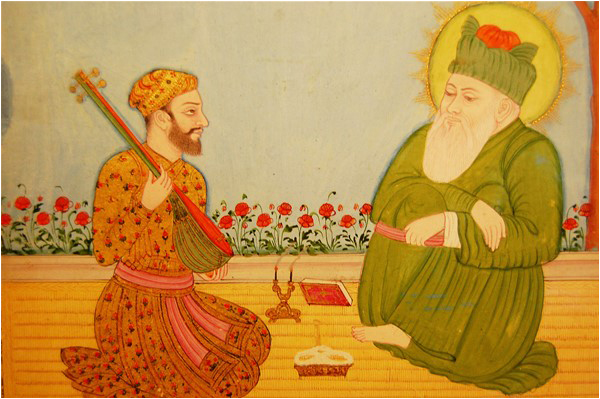
In the medieval period, the nature of Indian music underwent a change due as a result of the impact of the Muslim invasion. At this time, Indian music slowly started branching off into the two distinct forms of Hindustani and Carnatic music.
 Music in Modern India
Music in Modern IndiaWith the advent of the British in India, the court arts underwent a decline. However, on the whole, Indian music took a backseat and interest and resources to sustain this art started to fade. A parallel development that gradually started forming at this time was that newer forms of media were now emerging in a fast modernising country.
Folk Music in India
Folk music in India has seen a long and continuous journey down the ages. It has been around since ancient times, and continued its existence right down till the modern time.
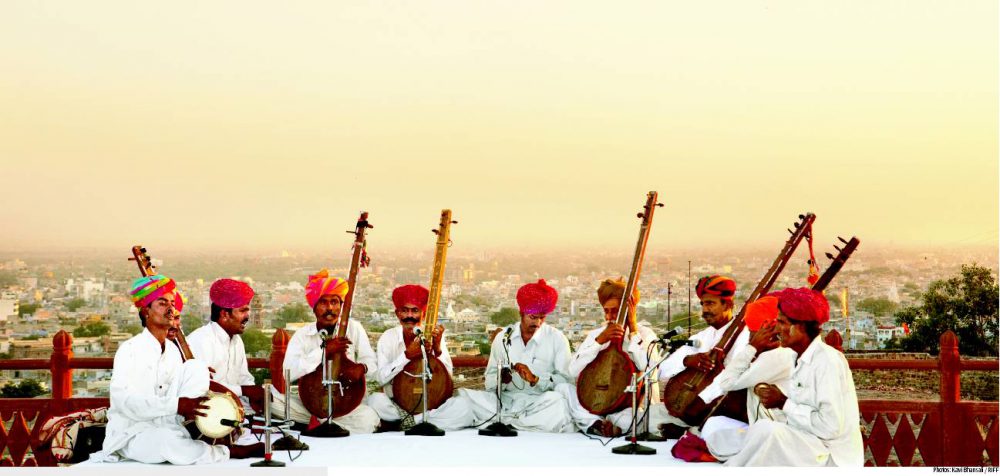
Read more : History of Indian Music




